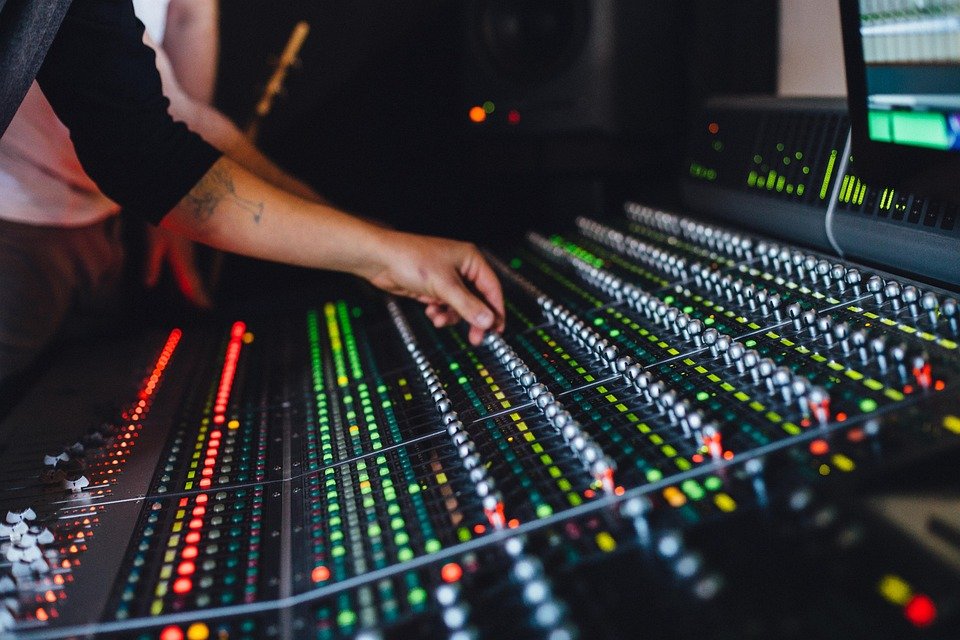Virtual reality (VR) technology has long been considered the next frontier in entertainment and technology, offering users an immersive and interactive experience like no other. But beyond its entertainment value, VR also has the power to push the boundaries of reality, allowing us to explore new worlds, experiences, and possibilities.
One of the most transformative aspects of VR is its ability to transport users to new, realistic environments that they may not have access to in their everyday lives. With the power of VR, users can swim with dolphins in the depths of the ocean, climb the highest peaks of the Himalayas, or even walk on the surface of Mars. This level of immersion allows users to experience and explore the boundaries of their own reality, expanding their horizons and opening up new possibilities for exploration and learning.
In addition to its ability to transport users to new environments, VR also has the power to push the boundaries of reality by offering new ways to interact with and manipulate the world around us. With VR, users can manipulate objects in ways that would be impossible in the physical world, such as rearranging furniture in a room, building and designing virtual worlds, or even creating and experimenting with new forms of art and expression. This level of interactivity and control opens up new avenues for creativity and innovation, allowing users to explore and push the limits of what is possible.
Furthermore, VR has the power to challenge our perceptions of reality by allowing us to experience things that are physically impossible or improbable. For example, VR can simulate experiences such as flying, shrinking down to the size of an ant, or even teleporting to different dimensions. By pushing the boundaries of what is physically possible, VR can help us expand our understanding of reality and challenge our assumptions about the world around us.
Ultimately, the power of VR lies in its ability to offer a new way of experiencing and interacting with the world. By expanding our perceptions of reality and offering new possibilities for exploration and creativity, VR has the potential to transform not only the way we entertain ourselves, but also the way we learn, create, and connect with others.
As VR technology continues to advance and evolve, it is exciting to think about the endless possibilities it holds for pushing the boundaries of reality and unlocking new levels of exploration and discovery. Whether it’s exploring new worlds, creating new forms of art, or challenging our perceptions of reality, VR has the power to revolutionize the way we experience the world around us.




